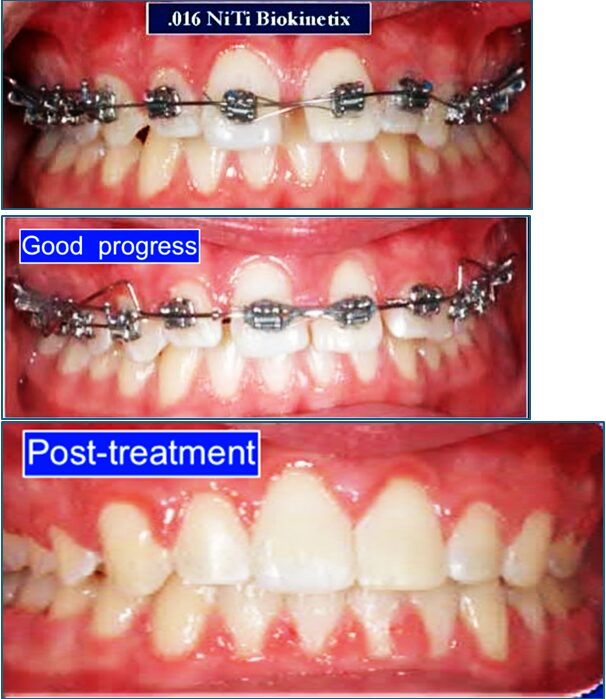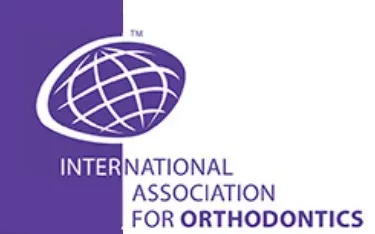April’s Tip

Mulligan Mechanics Part X Mulligan Overlay Arch (Sagittal Plane)
By Dr. Adrian J. Palencar, MUDr, MAGD, IBO, FADI, FPFA, FICD
April 2025
IAO Diplomate
68 – Tremont Drive, ST. Catharines
ON L2T 3B2, Canada
Do not memorize, understand – Dr. T. Mulligan
The author is presenting a 19-year-old Caucasian male, with 8.0 mm overbite and 9.0 mm over-jet. His chief complaints were “my lower lip gets caught under my top front teeth and my lower front teeth are hitting my gums on the palate.”
The author almost always starts the orthodontic treatment in the maxilla. The arches were wide; therefore, we commenced with a leveling arch wire – a .016 NiTi Biokinetix and progressed to a .016 SS arch wire. At this time, we constructed a .018 SS Mulligan Retrusion – Intrusion Overlay Arch with two 5.0 mm vertical steps, just distally to the maxillary lateral incisors. These steps will render the arch wire longer and add a springiness during the activation. A 45° tip back was placed, and the ends of the Overlay Arch were annealed, inserted to the molar tubes, pulled slightly back and crisply bent back (cinch).
The Overlay Arch was activated by pulling the ends distally only 1.0 mm per month and crisply bent back. After the overbite and over-jet is corrected, it is prudent to keep the Overlay Arch tied in for additional three months.


References:
- Mulligan T.F., Common Sense Mechanics in Everyday Orthodontics,
- Palencar A. J., Case finishing and Mechanic
